by Zain-Minkah Murdock & Abesi Manyando— Ballerinas are poised, agile, elegant. They remind me of the flowers I used to plant in the yard with my mom as a child. They sway blissfully in the wind, aiming for perfection, their tutus fanning out from their hips like delicate petals.
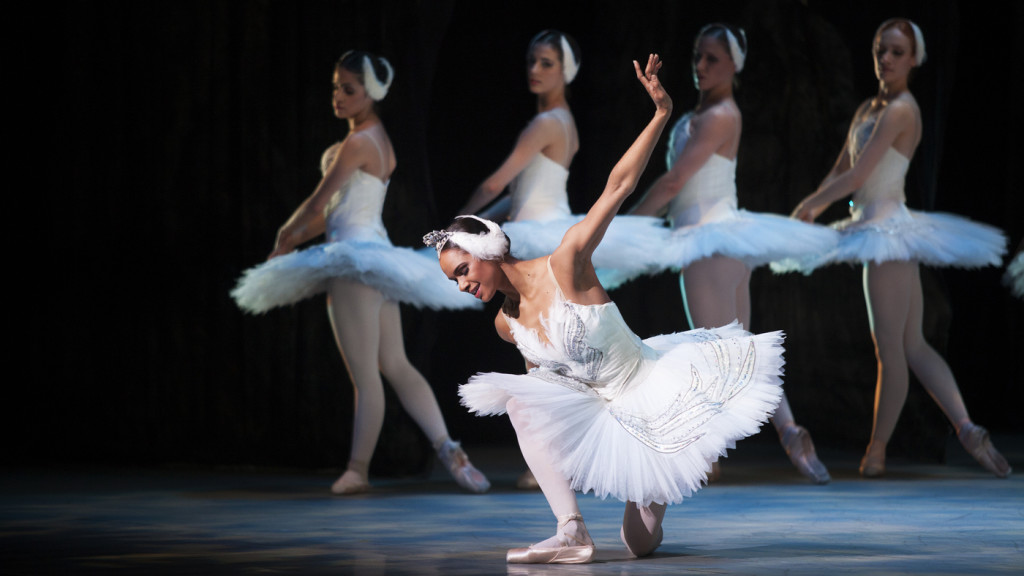
By appearance, ballerinas seem to be delicate and ethereal. They define every element of the term “perfection” Misty Copeland’s “A Ballerina’s Tale” is far from delicate. In fact, it is a story about remarkable strength and resilience. It is not about perfection but rather mastering your imperfections to seize every opportunity that manifests your dreams into reality. The documentary chronicles the journey of Copeland’s rise as the first African-American woman to be promoted to principal dancer for the American Ballet Theater. Considering how long ballet has been part of modern culture and the fact that paleness is as synonymous to ballet as tutus, you can only imagine how historic and challenging the entire scenario is.
http://https://vimeo.com/138914215
The art-form of ballet’s precise focus of synchronization and uniformed visual blending has made it a difficult task for Black ballerinas to be as accepted or even rise in premier Ballet. In her documentary, Copeland, Victoria Rowell and other Black ballerinas spoke about the extreme struggles they have endured in rising as notable ballerinas who didn’t fit into the usual format of the ballet culture. “I didn’t fit the mode. Based on my body-type, pedigree and background, I should not have been part of one of the greatest ballet companies,” shared Copeland. “I don’t think the classic ballet will ever accept me, I’m Black, I have a large chest, and I’m muscular.” Copeland’s race is not just a small aspect of her career, in fact it is an enormous aspect of who she is. Copeland refuses to erase race in her story because it is a critical part of her ballerina tale.
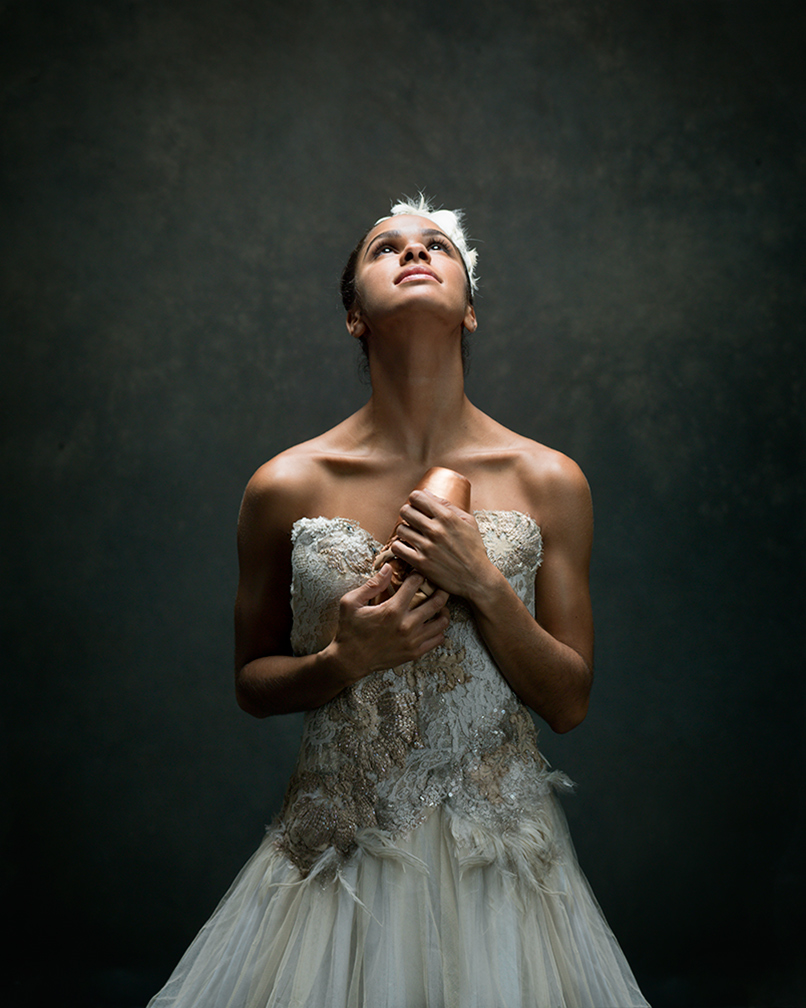
The struggle of a Black Ballerina is very real. Years ago Copeland was discouraged after reading a New York Times piece entitled, “Where are all the Black Swans?” The article pointed out the absence of lead Black Ballerinas in principal roles and mentioned Copeland as the lone Black dancer at the Corps de Ballet. “This made me feel like why should I even try if I’m not going to make it” said Copeland in her documentary. Just like Copeland, every day there are little black dancers who may feel like giving up because they don’t feel as if they belong in ballet. So for this reason alone, Copeland’s ethnicity is the nucleus of her story. Her being a Black ballerina should not be omitted because it is a key element in hopefully changing a culture of exclusion that has been accepted in ballet with an unfairly justified excuse that Black ballerina’s throw off the pale white picturesque uniformed image envisioned by choreographers.
There are a few people who feel that that Copeland didn’t have to focus on the fact that she was Black in her documentary. This would have been intellectually dishonest. In a tweet, Erin Roy stated the following: “2night #ABallerinasTalePBS Though let’s inspire thru beauty & joy of ballet & orchestral music rather than label ’em bastions of white supremacy,” (@iamerinroy)
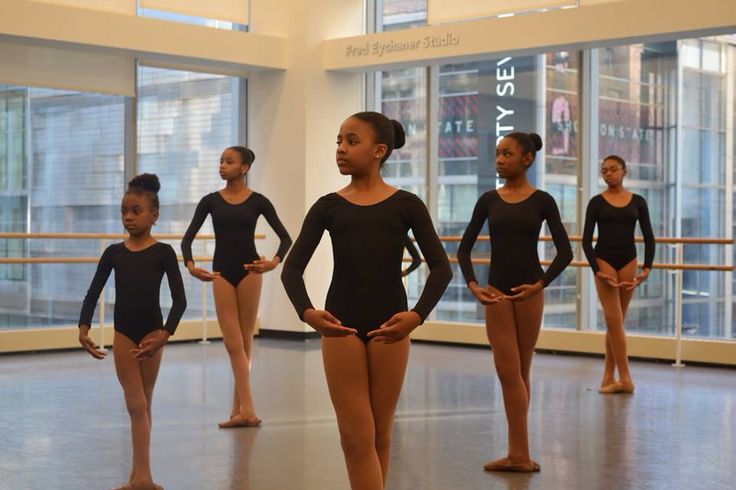
Like the aesthetics of a flower, ballet represents everything that is beautiful. Nevertheless, no matter how beautiful the most exquisite flower in the world may be, it still succumbs to the harsh winter winds and thieving insects threatening its ‘perfect’ surroundings. Let’s face the facts, if a flower is exposed to the sun less or watered less often than another, would you blame the flower for wilting? Would it not be factually incorrect to not connect the two mutually exclusive factors and not omit that the challenges the flower endured are a part of its story. No matter what the external perspective may be, internally the root of the story has merit and should never be hidden.
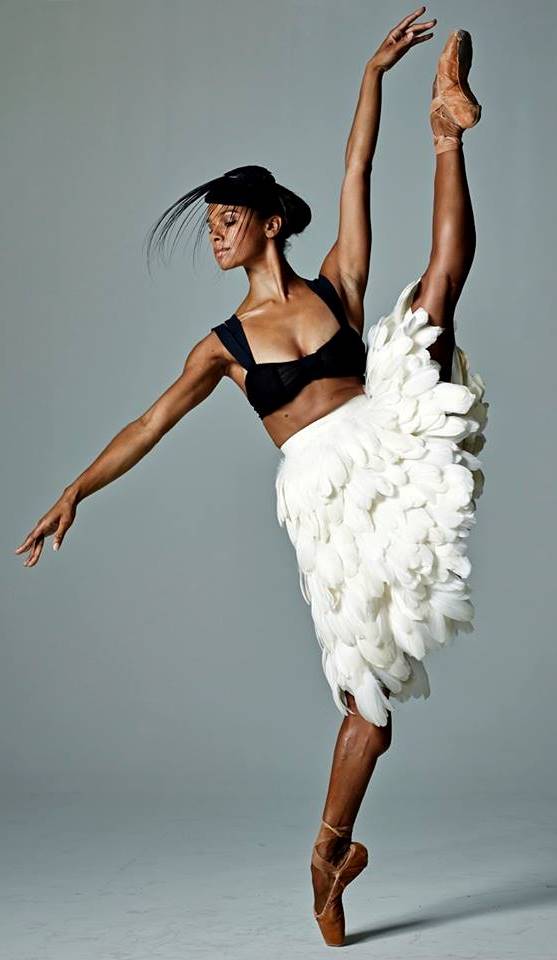
Copeland responded to Roy’s tweet saying, “That’s all wonderful when race isn’t involved…But I’m a black ballerina with black American experiences.” So on matter how immensely beautiful and joyful an art form may be, artists of color still suffer from racial issues in America. And, that seems to be a valid point of discussion. If Misty Copeland is suggesting that her experiences as a Black ballerina in the dance industry may be unique to the experiences of many of her white colleagues, then why not talk about it? Why cover it up? A documentary is meant to document a point in time, or in other words, a part of reality. Being black in America is an affliction that should be mentioned alongside her leg fracture and familiarity with common insecurities.There is no “race card” being swiped here and it is unfair to erase the pain of what comes with being Black in an arena that is not as accepting of your Blackness. Take a moment to imagine yourself in someone else’s shoe (or rather, ballet slippers). Copeland says, “In my moments of clarity I envision all the people who’ve been touched by my story, who upon seeing my journey know that you can start late, look different, be uncertain and still succeed.”
To order your copy of A Ballerina’s Tale please click here
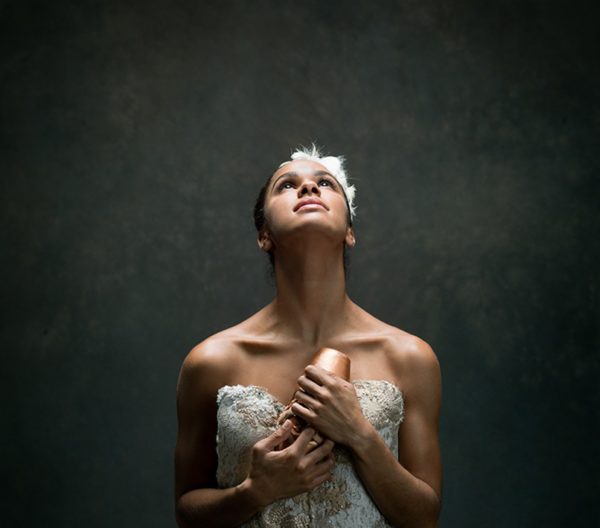
Hallo ich habe eine Hallo ich habe eine Frage meine Nachbar seine Tochter hat von mein Chihuahua Hund den Bein gebrochen aber bei sich in die Wohnung und der Besitzer sagt jetzt die sind nicht verpflichtet für die Kosten Ich wollte mal fragen wer bezahlt mir jetzt die Kosten der Behandlung der mein Hund bei die sind nicht versichert also seine Tochter ist nicht versichert und die sind ohne selber Versicherung die Hand guck eine Versicherungen und seine Tochter ist 7 Jahre alt und dies nicht aufsichtspflichtig hat mir danach besser gesagt ich weiß nicht die 2.000 Euro wie soll ich das selber bezahlen die bezahlen wir keinen Sinn die haben gesagt wir sind selber schuld